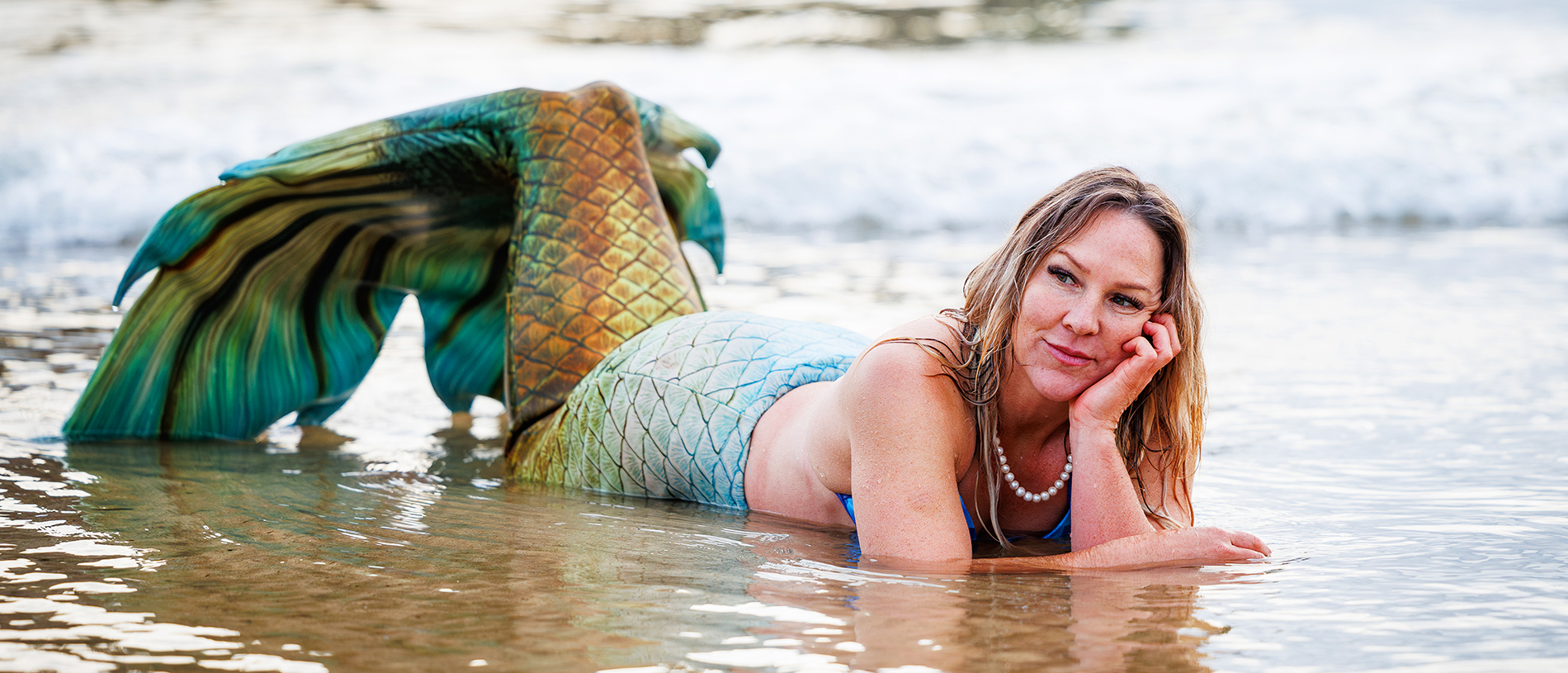
Fantasies fulfilled: mermaid diving
Professional mermaid Sacha Williamson shares her underwater adventures in Tutukākā, Northland.
Tucked at the south eastern corner of the North Island between a wild coastline and the impenetrable Remutaka Ranges lies a valley of cultivated pleasures.
This is wine country. You could spend an entire weekend in Wairarapa and do nothing besides hop between vineyards, sampling Martinborough pinot noirs and still only scratch the surface of the region’s vinous delights. But you’d also be missing out on the many other charms to be found here.
In contrast to the tidy vine rows further south, Pūkaha National Wildlife Centre at the northern edge of the region is wild. A pocket of native bush sits dark and mysterious in the surrounding emerald farmland. It’s a sanctuary for some of our most endangered birdlife. Crunching along gravel pathways on a chilly morning we linger outside enclosures to catch glimpses of the avian residents. New Zealand birdlife initially appears pretty low-key; it’s only when we stop and and pay attention that we notice the subtelties of colour and sound.

A pair of aptly named saddleback, or tieke, flit at a blink-and-you’ll-miss-it pace through the undergrowth, yellow crowned kākāriki chirrup and cling curiously to the cage mesh to watch us, russet kākā are unperturbed by our up-close gazes and, inside, under the red lights of the nocturnal house I spot the rump of a kiwi, looking like a toupee-covered rugby ball.
On a sunny Saturday, Aunt Ginger’s Kitchen in Carterton is packed. Stepping inside, it’s easy to see why. The array of cabinet food is as photogenic as it is enticing. We drool over mini cheesecakes and macarons but opt for a moreish jalapeno cheese scroll since the famous cheese scones have already sold out.
In the heart of Wairarapa we stop in Greytown, a pretty village popular with Wellington shoppers on the hunt for scents and clothes and homewares and art. We smile at curly-coated dogs on leads as we dip in and out of shops. Further down the road, biscuit-tin Victorian cottages sit behind white picket fences.

In contrast to Greytown’s cottagey cuteness, Alexia winery, set just off the main drag, is a utilitarian concrete block building, an urban winery. Owners Jane Cooper and Lesley Reidy are hands-on, talking with guests, running food and selling bottles from the cellar door. Jane has been making wine for more than 30 years and Alexia is the embodiment of her knowledge and passion. She tells us how changes in climate have pulled forward vintage by several weeks over the last few years, while we sip samples of tart Gruner Veltliner and a white pinot noir with the just smallest hint of blush.

A cloudless morning sees us heading towards the southern end of the North Island when we’re forced to pull over, feeling like our eyes are playing tricks. On the blue horizon sits a mirage: it’s the snow-capped peaks of the Southern Alps floating like a dreamland. The day is so clear it provides an inadvertent lesson in geography as I pull up a map on my phone and realise that we’re actually standing further south than Blenheim.
We drive the crumbly coastline to Cape Palliser – officially the southernmost point of the North Island. Offshore, a breeze spikes rainbow mohawks in the surf. The ocean is benign today, but in inclement weather it gets wild here and the sea gnaws chunks off the coastline.
Cape Palliser lighthouse, with its candy cane stripes, emerges like a chess piece on the headland. We climb the 250 dizzyingly steep steps, holding wooden handrails smoothed by thousands of nervous palms. At the foot of the lighthouse, buzzing from a boost of endorphins, the majestic coastal view is slammed in our faces by a stiff breeze. I drink it in.

In contrast to the invigorating coast, our afternoon endeavours are of the refined vinous variety – sampling wines and produce at The Runholder. A collaboration between two vineyards, a distillery and restaurant, packaged in a purpose-built restaurant and tasting room, The Runholder is a decadent spot. We linger over a long, late lunch in the sunshine.
Another provider showcasing local produce is C’est Cheese – the epicentre of puns and dairy products in the quiet town of Featherston. Owner Paul Broughton explains how organic milk is delivered to the onsite factory from farms just 20 minutes down the road. The shop showcases New Zealand-made cheeses including his own Remutaka Pass Summit Snow brie, which won best brie in New Zealand a few years back. We leave with a belly full of samples and a generous pile of cheesy wedges to take home.

While in Featherston we explore the Fell Museum, which tells the story of the remarkable engineering efforts once required to reach Wairarapa from Wellington. The museum is also home to the only remaining Fell engine in the world. Designed to traverse the steep 1:15 gradient of the Remutaka incline, these squat little engines were the rail equivalent of tugboats, hauling train carriages up and down the hills that were impassable for standard engines for 77 years between 1878 and 1955. We learn that the cast iron brake blocks used to grip a centre rail in the tracks would only last one trip – the six tonnes of pressure causing them to be red hot and worn thin at the end of each journey.
From the history of the gnarly Remutaka Incline to the untameable coast, this little pocket of New Zealand has always required effort to reach. But it’s certainly worth the effort.
Story by Jo Percival for the Spring 2024 issue of AA Directions Magazine. Jo Percival is the Digital Editor of AA Directions magazine.

Enjoy great food and tasty beverages at:
Rest your head at: